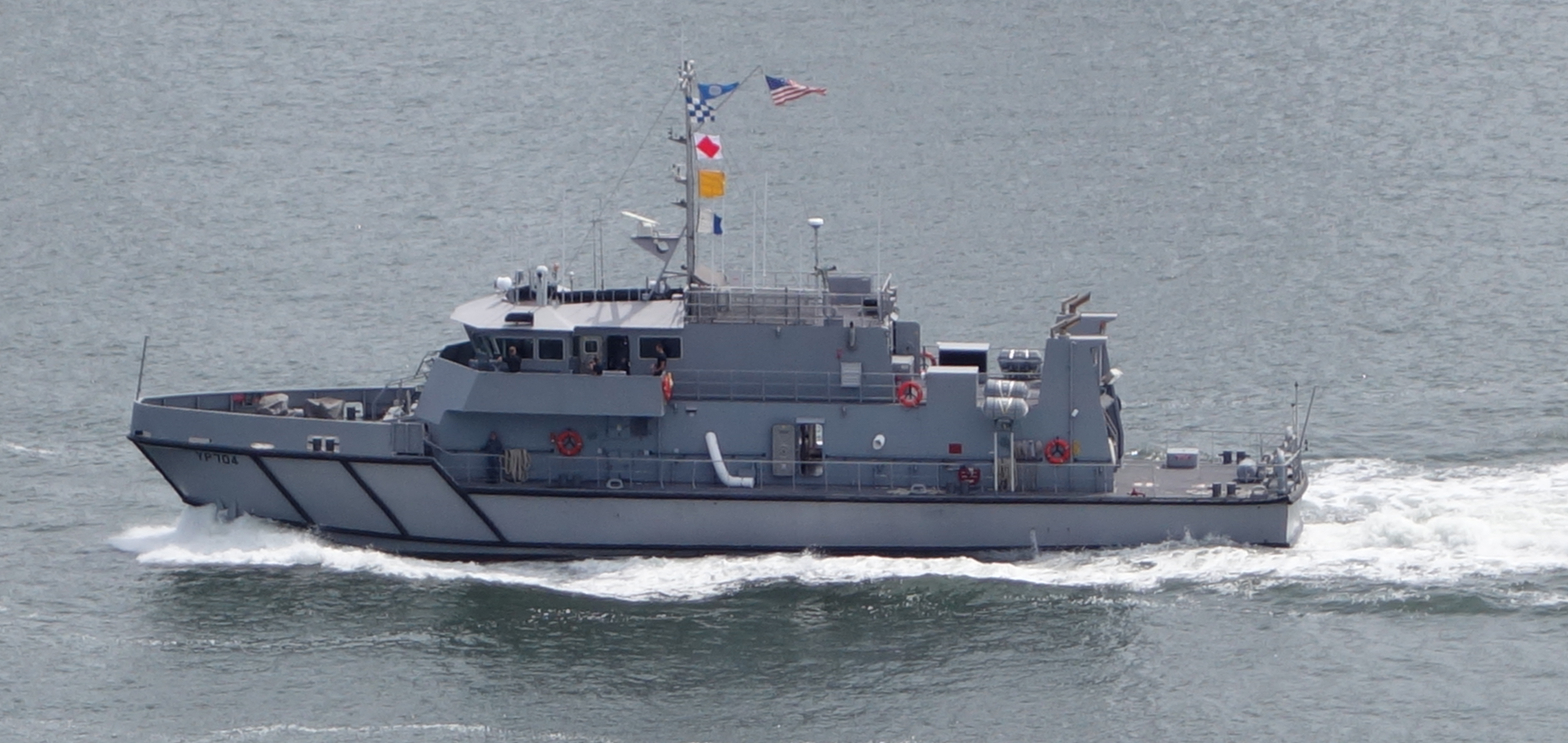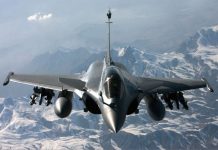China recently conducted amphibious landing exercises in the wake of US senators’ visit to Taiwan. Around the same time, India has reportedly procured high-speed patrol boats to increase surveillance in eastern Ladakh, locked in a border standoff with China for almost a year.
- At €7.8B, Why Indian Rafale Jets Are ‘Double The Cost’ Than Egyptian Rafales?
- Why Did Netizens ‘Mock’ Nigeria For Importing JF-17 Jets From Pakistan?
China was quick to term the US senators’ travel to Taiwan by a military aircraft as “provocation”. In response, the Chinese PLA conducted amphibious landing exercises near the Taiwan Strait.
Chinese military experts believe that such exercises will help prepare the Chinese forces to build a solid base to counter “Taiwan secessionists” or any other future combat situation.
WATCH: US Shoots ‘Drone With A Drone’ Using High Powered Microwaves
How Patrol Boats Would Help India
India is leaving no stone unturned to thwart a possible Chinese invasion or capture of disputed territories in the highly contentious Eastern Ladakh region. Despite, Indian and Chinese troops agreeing to disengage in Pangong Tso in February, there has been no consensus over other friction points.

The Indian Army has purchased 17 patrol boats, ThePrint reported. The boats are 35-ft long and can carry 20-22 people, including the crew. These are originally not fitted with any weapons, but there are provisions to add light weapons when required.
The average sailing speed of the boats is said to be 37 kmph. Flatbottomed and made of fiberglass, the boats will be capable of transporting troops across the Pangong Tso lake.
The Indian army believes this to be a more viable option of surveillance in the region, easier than moving through the difficult terrain on the periphery of the lake.
The patrol boats are constructed by the Aquarius Shipyard Pvt Ltd of Goa. Similar boats are already in use by the Indian Navy, and the Army states that the induction of these boats will help it to speed up the deployment of troops in the volatile area of Ladakh.
India and China have been embroiled in a border conflict for the past year. To reduce the tensions, various rounds of talks have taken place between corps commander-level officers. After nine rounds of talks, disengagement of front-line troops and weaponry finally took place at the Pangong Tso lake in February this year.
However, disengagement in other areas such as Hot Springs, Gogra, and Depsang is likely to be delayed due to conflicting claims. According to reports, a large number of troops from both countries are still deployed in Ladakh.
Given the current impasse, India has decided to use the patrol boat for the rapid deployment of troops when required. A few boats from the order have reportedly already been delivered to the Army, and the rest will be received by September.
#AtmaNirbharBharat#IndianArmy has inked a contract with M/s Goa Shipyard Limited for 12 Fast Patrol Boats for surveillance and patrolling of large water bodies, including those in #highaltitude areas. Delivery would commence from May 2021. pic.twitter.com/jhhPnCrg7O
— ADG PI – INDIAN ARMY (@adgpi) January 1, 2021
In January, the Army had finalized procurement of 12 high-performance patrol boats to enhance its surveillance of large water bodies, including the Pangong Tso in eastern Ladakh.
These boats are built by state-run Goa Shipyard Ltd, and the deliveries of the boats were scheduled to begin from May. These patrol boats are a part of India’s heightened preparedness at Ladakh, as it awaits China to move back its troops from the sector.
China’s Amphibious Landing Drills
Last week, China’s Global Times reported that the country’s People’s Liberation Army (PLA) army and Navy conducted joint amphibious landing exercises, in the Fujian Province of south China.
According to the PLA Eastern Theater Command statement, during the exercise, the group “practiced the loading and unloading of equipment and supplies to landing ships and steering of amphibious vehicles at sea”.
Another report by China Central Television (CCTV) stated that through the amphibious landing exercise, the group practiced emergency landing strategies, transportation on sea, and beach assault to enhance its amphibious combat abilities.
According to the CCTV report, the landing ships used in the exercise used tracked armored vehicles, off-road assault vehicles, and trucks.

Type 05 Amphibious Fighting Vehicle
What should concern India is that China is rapidly induction amphibious armored vehicles into its arsenal. The Type 05 amphibious fighting vehicle is a tracked, ship-to-shore armored vehicle developed to deploy Chinese Marines from amphibious assault ships.
With its expansive hydraulic bow flap that extends outwards when in the water, the Type 05 amphibious armored vehicle is proficient in skimming over the surface of the water at high speeds at 28 km/hour when in water and 65km/hour on land.
Depending on the variant, Type 05 has either a 105-mm gun or a 30-mm cannon in its turret and is also beleived to have a 105-mm ATGM.
READ MORE
- Watch: The Ultimate Dogfight Between US & Russian Fighter Jets Over A ‘Top-Secret’ Air Base In Nevada
- 30 Times Faster Than Speed Of Sound: Is China Really Winning The Hypersonic Race With Its JF-22 Wind Tunnel?




